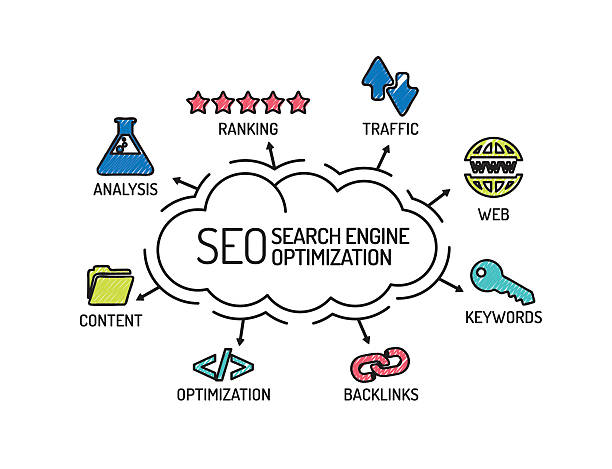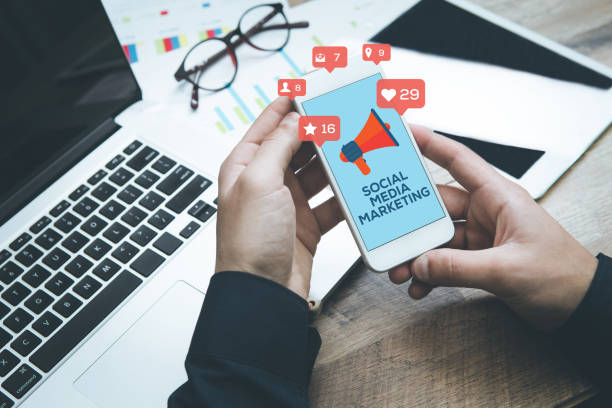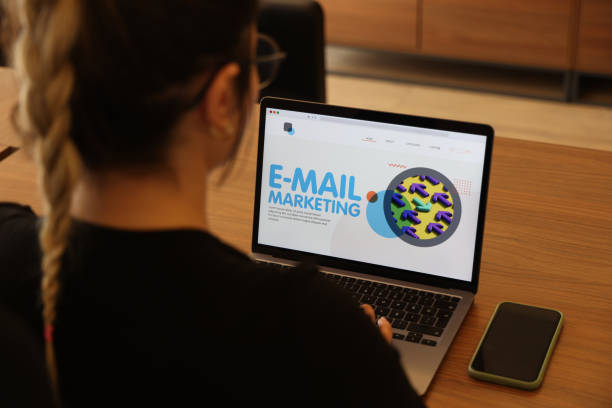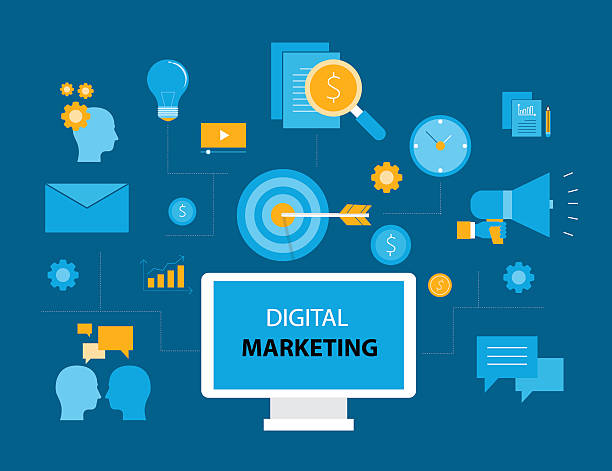Digital marketing is a rapidly evolving field that encompasses various strategies and techniques used by businesses to connect with their audience through digital channels. In today’s tech-driven world, companies leverage different types of digital marketing to increase their visibility, engage customers, and drive sales. This article explores the key types of digital marketing that have gained prominence in recent years.
1. Search Engine Optimization (SEO)

One of the most crucial forms of digital marketing is SEO. In order for your website and content to rank higher in search engine results pages (SERPs), it must be optimised. When users search for a product, service, or information, SEO ensures that your website is visible at the top. By using relevant keywords, optimizing metadata, improving page loading speeds, and building quality backlinks, SEO helps businesses gain organic traffic.
There are two types of SEO—on-page and off-page. On-page SEO refers to optimizing content and HTML elements, such as meta tags and titles, while off-page SEO focuses on external factors like link-building and social media engagement. Both are crucial to improving a website’s ranking, making SEO one of the most effective types of digital marketing.
2. Content Marketing

Content marketing is another crucial type of digital marketing. It revolves around creating valuable and relevant content to attract, engage, and convert a target audience. Blog entries, articles, films, podcasts, infographics, and social media posts are just a few of the formats in which this content can be found. Building brand authority, educating your audience, and eventually increasing conversions are the main objectives of content marketing.
Quality content that resonates with users can significantly enhance brand reputation and customer trust. By aligning content with user intent, businesses can optimize their digital marketing strategy and establish strong relationships with customers. Whether it’s educational content or promotional material, content marketing is central to maintaining ongoing customer engagement.
3. Social Media Marketing

Social media marketing (SMM) is a powerful type of digital marketing that involves using platforms like Facebook, Instagram, Twitter, LinkedIn, and TikTok to promote products and engage with customers. Through organic posts, paid ads, and influencer collaborations, brands can reach a vast audience and foster a sense of community around their products.
Social media marketing enables businesses to interact with their audience in real-time, respond to inquiries, and build brand loyalty. With detailed targeting options available on most social media platforms, businesses can ensure their advertisements reach the right demographics. Additionally, features such as live streaming, stories, and user-generated content further help enhance engagement.
4. Pay-Per-Click Advertising (PPC)

Pay-per-click advertising is one of the most direct types of digital marketing. It involves paying for ads to appear on search engines, social media platforms, or websites. With PPC, advertisers pay each time their ad is clicked, driving targeted traffic to their site. Two of the most often used platforms for PPC advertising are Google Ads and Facebook Ads.
The beauty of PPC advertising is that it allows businesses to target specific keywords, locations, and demographics, providing an effective way to attract potential customers. It also provides instant results compared to SEO, which can take time to show measurable outcomes. By carefully managing PPC campaigns and optimizing ad performance, businesses can achieve a high return on investment (ROI).
5. Email Marketing

Email marketing remains one of the most cost-effective types of digital marketing. It involves sending targeted messages or newsletters to a list of subscribers who have opted in to receive updates, promotions, or other content. Email marketing is a great way to keep customers informed, nurture relationships, and drive repeat business.
Segmentation is the key to effective email marketing. By segmenting your audience based on factors like location, purchase history, or engagement level, you can send personalized emails that resonate with individual customers. Well-crafted subject lines, compelling content, and strong calls to action (CTAs) are also essential for maximizing email marketing effectiveness.
6. Affiliate Marketing

Affiliate marketing is a type of digital marketing where businesses partner with individuals or companies (affiliates) to promote their products in exchange for a commission on sales generated through their efforts. Affiliates use their websites, blogs, or social media platforms to promote products or services, and when their audience clicks on the affiliate link and makes a purchase, the affiliate earns a commission.
This performance-based model makes affiliate marketing a low-risk option for businesses. They only pay for actual sales or conversions, reducing upfront costs. For affiliates, it’s an opportunity to earn money by promoting products they believe in. The increasing popularity of affiliate marketing across various industries has solidified it as one of the key types of digital marketing.
7. Influencer Marketing

Influencer marketing leverages the reach and credibility of individuals with a large social media following to promote a brand. These influencers, who could be celebrities, industry experts, or social media personalities, endorse products and services, giving businesses access to a wider audience. Particularly well-liked on websites like Instagram, YouTube, and TikTok is influencer marketing.
Brands collaborate with influencers to create content that resonates with their followers, whether it’s through product reviews, unboxing videos, or sponsored posts. The trust that influencers have built with their audience makes influencer marketing highly effective. It is also an ideal strategy for businesses targeting younger demographics, who tend to trust influencers more than traditional advertisements.
8. Online Public Relations (PR)

Online PR is another vital type of digital marketing that focuses on managing a brand’s online reputation. It involves building relationships with online media outlets, bloggers, influencers, and journalists to get media coverage, product reviews, and mentions. Unlike traditional PR, which is focused on offline communication, online PR is about leveraging the internet to shape public perception.
A strong online presence can significantly boost a brand’s credibility and trustworthiness. Online PR efforts may include press releases, blog outreach, guest posting, and building relationships with online media outlets. By strategically managing their online reputation, brands can ensure they maintain a positive image across digital platforms.
Conclusion
The types of digital marketing discussed above are crucial components of a comprehensive marketing strategy. Whether through SEO, content marketing, social media, or paid advertising, businesses can reach and engage with their target audience across various digital channels. Understanding the various types of digital marketing and how to implement them effectively can lead to increased brand visibility, customer engagement, and ultimately, sales. As technology continues to evolve, so too will the types of digital marketing available, making it essential for businesses to stay up-to-date with the latest trends and tools.





